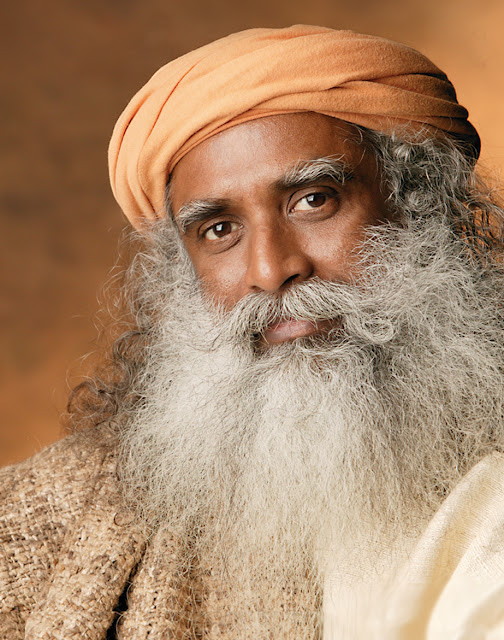The Significance Of Navaratri
What is Navaratri?
Navaratri is one of the most important and largest festivals celebrated in India and around the world. It is a festival in which the different manifestations of the Devi or the Divine celestial force, the Divine Mother, are worshipped for ten days or nine nights. There are four Navaratris per year, two of which are hidden and two of which are celebrated. The most critical one, though, occurs in September/October. The word "Nava" means "nine," and the word "Ratri" means "night." The literal sense of "ratri" is a moment when one bends inwards, rests, and is revitalised. In Sanskrit, "ra" means "relief," and "tri" corresponds to the Taapa Traya or the three kinds of afflictions. "Ra" in Sanskrit means "to comfort," and "tri" corresponds to the Taapa Traya, or the three kinds of afflictions or difficulties, pain, and hardship that we face in life. On a physical level, every suffering, illness, or difficulty in the body or environment; on a mental level, the subconscious, the thinking level; and on a causal level, previous impressions, karmas, and awareness. Ratri is that which provides relief from all of these items.
What happens during Navaratri?
Navaratri is a time when sadhaks, or spiritual seekers, go deep inside to rest, rejuvenate, renew, and be cured of all these afflictions, to begin the year anew. And it's even compared to the nine months we spent in our mother's womb, those nine nights when the infant is in the womb and doesn't have to do anything but go inside and emerge brand new.
At this time, the Devi Mahatmya, a scripture, is read or recited and often chanted in pujas and yagyas, which speak about the Devi battling and slaying various demons. And this has a very beautiful deeper meaning because the Devi reflects Shakti, the force of consciousness, the energy. And both of these demons' names, as you can see, are very symbolic.
Demons and their symbolism
Madhu and Kaitabha, who reflect craving and aversion, are the first demons she slays. Then there are devils like Dhumralochana, which simply means "one with smokey eyes and poor vision." Then there's Raktabijasura, which means "seeds in the blood," and refers to our genes. When there are hereditary issues, like tumours, there are seeds of our own blood. So there are a variety of devils to choose from. They have been depicted as demons. Then there's Shumbha and Nishumbha, which refer to one's own and others' doubts. Inertia, dullness, laziness, and exhaustion are all symptoms of Mahishasura. Chanda is a term that refers to anyone that hates someone who disagrees with them. Our minds can become so cynical that we argue with everything others say. You're in such a bad mood right now that you're unable to listen to anybody. Another ghost, Munda, means "without ahead." Often it's as though you don't have a head or ears, and you just don't listen to others.
The practice
As a result, we invoke the Shakti, honour and worship the Devi Shakti, the Divine Mother, the Cosmic force, through Navaratri. We invoke it in our lives for it to transcend all of our negative impulses, to kill all of our negative tendencies, and to set us free. People normally fast and eat light food at this period, such as vegetables, drinks, or light food. Fasting is good for both the body and the spirit. Then everybody falls silent. Our voice is purified by silence. Then they listen to wisdom and talk about it so knowledge purifies the mind. They sing bhajans, or devotional songs, which purify our emotions. Both of these practises, such as pujas, yagyas, and mantras, enable us to purify ourselves, go deep inside, communicate with consciousness, and increase prana shakti, or energy.
The first three days of these nine days are ruled by Maha Kali, who is the Adhisthata or king of Tamoguna, Tamas. As a result, Tamas energy is becoming increasingly popular these days. Then we go about it, worshipping, honouring, and moving on with it. The next three days are dedicated to Rajoguna, Maha Lakshmi, Rajoguna's Adhisthata. We arrive at Sattva, Maha Saraswati, after conquering all these demons, invoking the Devi, increasing the prana shakti, linked to consciousness, and destroying all these destructive impulses, on the last day, which is called Vijaya Dashami, which is the day of victory. It is said that this is the perfect day to begin a new endeavour.
So, what gives?
Because when you properly do this, what happens is that after nine days of fasting, quiet, reflection, and Satsang, our mind is too much in the present moment, the sattva is so strong, energy is so high, you have so much clarity, so much calm, no longing, no aversion, you are free, you are centred, and all you start would undoubtedly be more effective.
As a result, it's a wonderful opportunity to go within, go inside, and feel the Shakti that pervades all of existence and can lead our lives.
Happy Navratri
Day 2: 14th April (Wednesday) Dwitiya : Brahmacharini Puja
Day 3: 15th April (Thursday) Tritiya : Chandraghanta Puja
Day 4: 16th April (Friday) Chaturthi : Kushmanda Puja
Day 5: 17th April (Saturday) Panchami : Skandamata Puja
Day 6: 18th April (Sunday) Shasthi : Katyani Puja
Day 7: 19th April (Monday) Saptami : Kaalaratri Puja
Day 8: 20th April (Tuesday) Annapurna Ashtami : Mahagauri Puja
Day 9: 21st April (Wednesday) Rama Navami : Siddhidatri Puja





Comments
Post a Comment